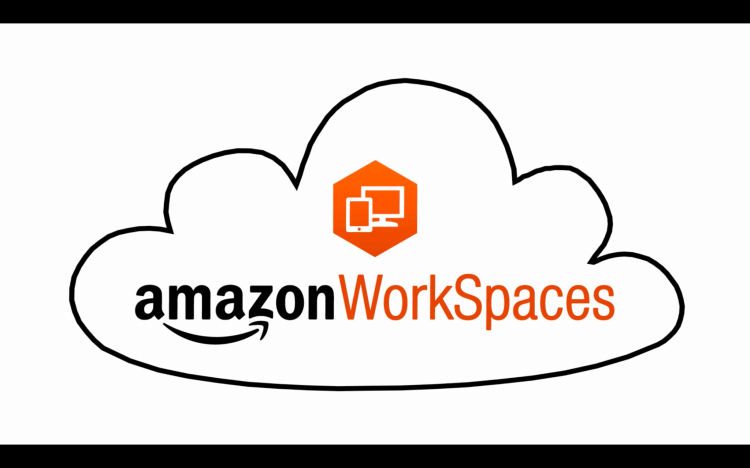Public cloud market leader Amazon Web Services (AWS) today said that people can now use the Amazon WorkSpaces service without downloading and installing a client. Instead, they can use the service on the web after logging in.
“You can now be productive on heavily restricted networks and in situations where installing a WorkSpaces client is not an option. You don’t have to download or install anything, and you can use this from a public computer without leaving any private or cached data behind,” AWS chief evangelist Jeff Barr wrote in a blog post.
Virtual desktop infrastructure, or VDI, isn’t the most popular thing you can get from the smorgasbord that is AWS, which introduced WorkSpaces in 2013. But it’s one more thing that AWS can sell to large companies. And that can help AWS look more compelling than other public clouds, such as the Google Cloud Platform.
Today’s announcement comes a few months after Microsoft — whose Windows operating system is the primary foundational technology that virtual desktops aim to deliver remotely — said it will kill the Azure RemoteApp service in 2017. Microsoft is currently working with Citrix on the XenApp “express” service.
New WorkSpaces that AWS customers spin up will automatically support web access, and admins must enable the feature before end users can try it. Existing WorkSpaces, Barr wrote, “must be rebuilt and custom images must be refreshed in order to take advantage of Web Access.”
The new feature requires Chrome 53 and higher or Firefox 49 and higher; currently it won’t work on mobile versions of those browsers. It won’t work with non-English versions of Windows, either. The web client is here; the native desktop and mobile clients remain available.


